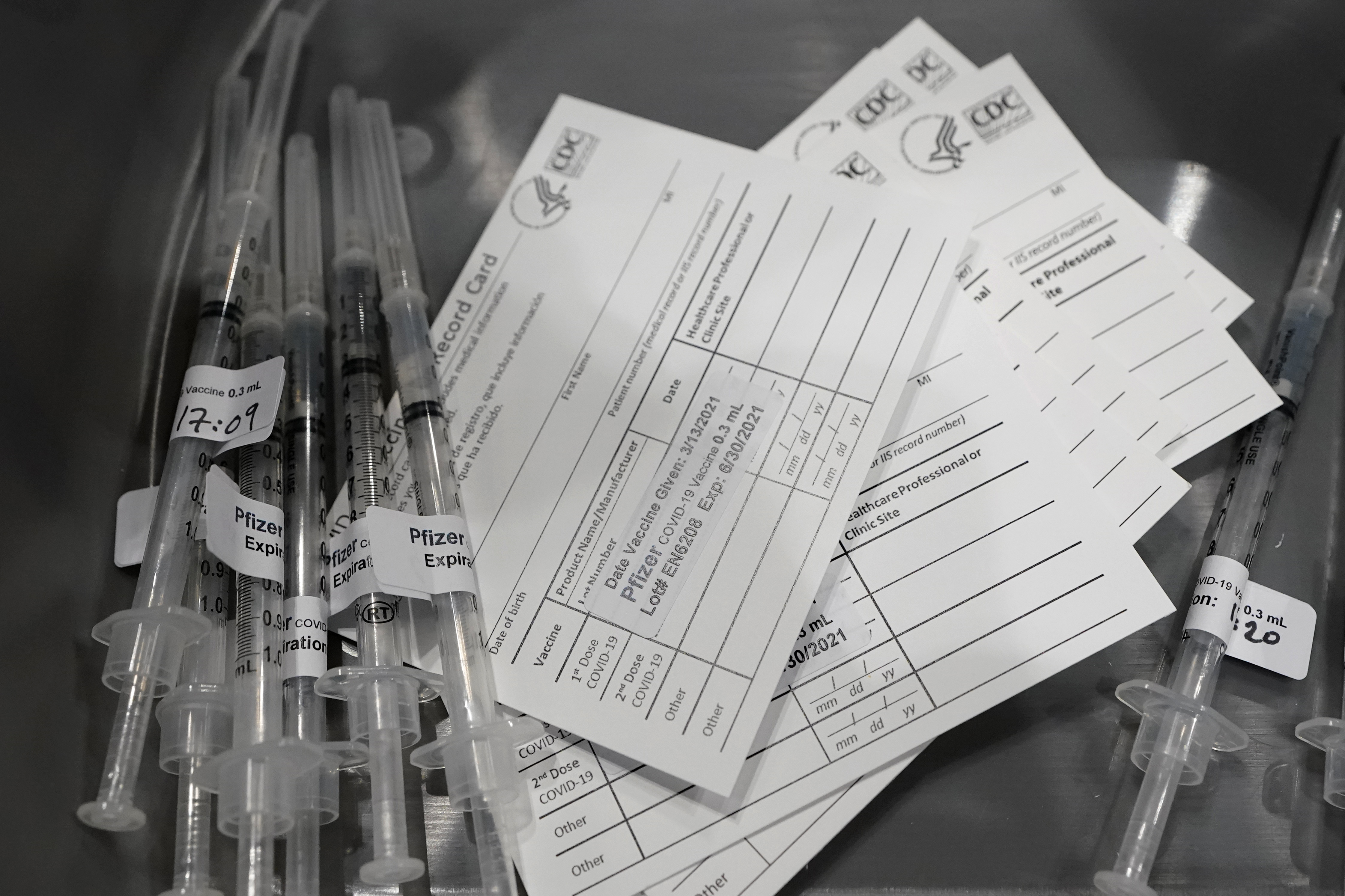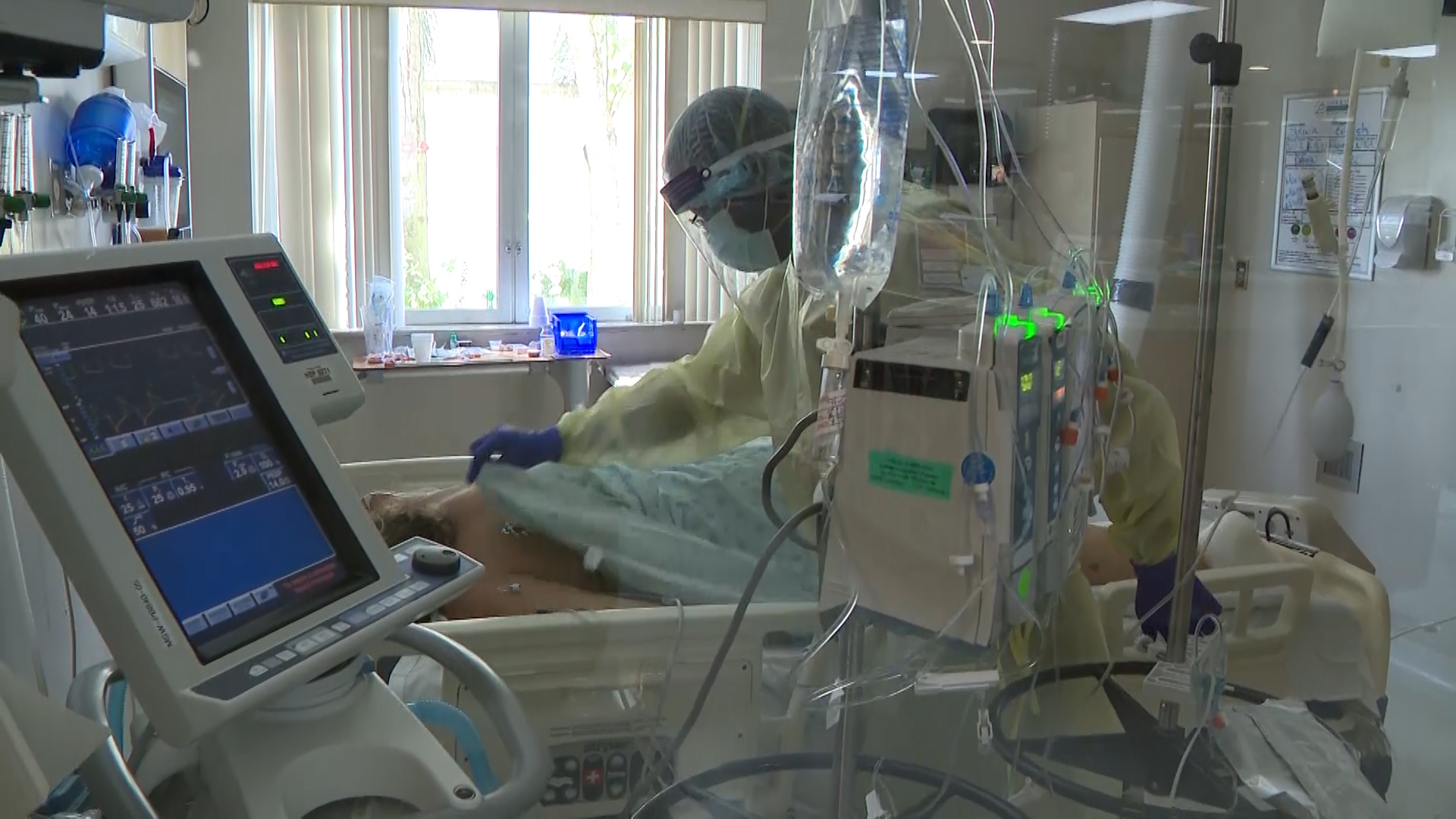TAMPA, Fla. (WFLA) — The White House has released its strategy to tackle inflation as supply chain snarls continue to make economic stability slip further away.
Titled “Efforts to Tackle Prices for Americans,” the latest Biden administration fact sheet said the federal government is working to ensure shelves are stocked for a “robust holiday season.” In terms of stocking shelves and getting goods out of ports, the country’s largest ports moved to 24/7 operations in October as supply chain bottlenecks delayed delivery and inflation ramped up.
According to the White House, the shift contributed to a record year for containers getting, beating out the previous record in 2018 by 15%. The two ports at the center of the increase were the Ports of Los Angeles and Long Beach, where together they brought in more containers from January to November than in the entire year of 2018.
President Joe Biden said the business leaders he met with in early December confirmed they were ready for consumer demand and shelves were stocked, even with the continuing global supply chain issues.
Still, even if the shelves are stocked, consumers will face higher prices due to record national inflation, ringing in 6.8% higher prices.
At the same time, the White House said they were working to address ongoing concerns with the omicron variant of COVID-19, and were going to “closely watch how the omicron variant could compound global supply chain disruptions at Asian or U.S. ports, and is working with ports around the world to prioritize critical medical supplies and PPE.”
The bottlenecks at ports can get worse when cargo sits waiting to unload. The Biden administration said last month it “worked with the Ports of Los Angeles and Long Beach in early November to impose a fee on ocean carriers if their cargo sits on docks for over eight days” in an effort to encourage faster movement of cargo. The effort has reportedly led to an almost 50% drop in the number of containers waiting at the docks in the past eight days.
Infrastructure across the U.S. is playing a part in the supply chain solution put forth by the president, too.
The Biden administration announced $230 million in Port Infrastructure Development Grants to create three so-called “pop-up” container yards in an attempt at reducing congestion. The money includes $12.6 million for marine highway projects. Additionally, more than $50 billion in highway funding will be used to modernize freight corridors, with funding coming from the Port Action Plan announced last month.
So far, the Port of Savannah has launched three of the pop-up container yards.
Florida’s ports will be receiving $250 million in port investments from American Rescue Plan funds, as well, according to Florida Gov. Ron DeSantis in July.
To tackle on-land supply chain issues, the White House also announced a new initiative called the Trucking Action Plan, intended to recruit and retain more truckers to drive consumer products and other supplies across the U.S.
The plan “will help states reduce their commercial drivers license backlogs, kick off a 90-day challenge to expand Registered Apprenticeships with the private sector, step up the recruitment of veterans, and launch a Driving Good Jobs Initiative to address issues that hurt retention such as unpaid wait times,” according to the Biden administration.
The American Trucking Associations, a truck driver labor organization, said there was an 80,000 driver shortage in October. The organization said there could be as many as 160,000 more drivers needed by 2030, with the shortage adding to pressures on current drivers.
The biggest issue for the whole supply chain, though, is the cost of oil and gasoline. The Federal Reserve is speeding up its reduction in stimulus spending to fight off inflation, and efforts to make distribution easier across the U.S. are underway, but gas costs remain higher than previous years.
Prices at the pump are lower than previous weeks, but still high. On average, Americans are currently paying about $3.29 per gallon across the country.
The Biden administration said gas prices are down $0.12 per gallon currently, lower than the peak last month when prices approached $4 in some parts of the U.S. To fight off the rising prices for American commuters, Biden released some gas from the strategic oil reserve. Other countries followed suit, contributing to the price drop according to the White House.
While reportedly in line with prices over the past 10 years, the president “believes that they are too high especially given that we are emerging from a once-in-a-century pandemic.”
Less than half of the U.S. has gas prices below $3.15 per gallon, and those prices are still going up.






